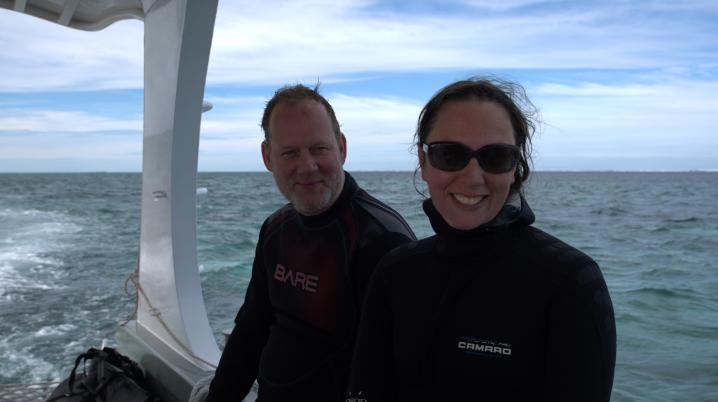
Australia: Revisiting the 1727 Zeewijk shipwreck
The wreck of Dutch East India Company (VOC) ship Zeewijk lies along a dynamic reef in the southern group of the Houtman Abrolhos Islands. These islands stretch 90 km along Australia’s western coast and are affected by the Roaring 40s trade winds for most of the year. The ship Zeewijk wrecked here on 9 June 1727 with 137 people aboard. The shipwreck’s survivors lived on nearby islands for 10 months. Of this group, 82 people eventually arrived in Batavia (modern-day Jakarta in Indonesia) on 30 April 1728 with a boat built from salvaged ship timber.
‘Shipwreck of the Roaring Forties’
In 2016 and 2019, archaeologists from the University of Western Australia, the Western Australian Museum, the Cultural Heritage Agency of the Netherlands and Flinders University undertook fieldwork to re-examine the sites related to the Zeewijk shipwrecking event. This collaborative research was part of the 2013–2019 ‘Shipwrecks of the Roaring Forties’ project which was funded by the Australian Research Council.
The objectives of the field work included the application of new methodologies and approaches to the interpretation and analyses of archaeological sites. The team recorded the Zeewijk wreck site and its wider debris field with new technologies, such as 3D photogrammetry and drone surveys, as well as visual inspections to better assess the use of the landscape by the survivors of the Zeewijk, the human impact of guano mining and other activities on this very same landscape since the eighteenth century.
Ongoing research
The team accessed most of the underwater sites where debris of the shipwreck is strewn along a reef edge and on the inside of that reef. The main Zeewijk shipwreck site is accessible only for a few days in the Australian summer months. In 2020, a small team of diving archaeologists will go back to access the shipwreck site itself and complete this study with the support of the Netherlands Embassy in Canberra.
Article written by Wendy van Duivenvoorde (Flinders University).

